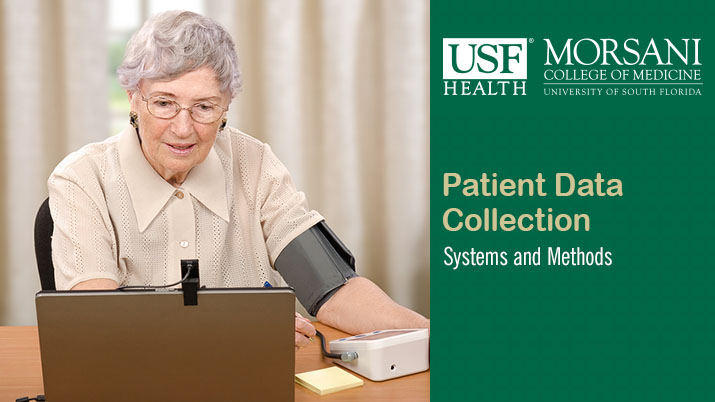Digital Patient Data Collection Brings Possibilities, Problems
Collecting data from and on behalf of medical patients is a critical component of healthcare, particularly when that data needs to be analyzed to provide the best and most proper care.
The Internet has become a vast resource for healthcare organizations through the creation of digitized disease registries, which can process more data quickly and provide timely results to expedite treatment.
Providers large and small need to have a plan in place not only for gathering but interpreting the data that’s collected.
This includes identifying each step in the process, from determining what data is collected to who is responsible for doing that, as well as when and where data will be gathered. Smaller clinics in less-populated areas with fewer resources also will need to account for how such tasks can be accomplished with fewer staff and less free time for workers.
The U.S. Department of Health and Human Services’ Health Information Technology division recommends that rural providers in particular talk to state health officials and quality improvement organizations to see about additional funding and support.
A key ally in gathering data is the patient, something providers should not ignore, according to a 2013 report by the Office of the National Coordinator for Health Information Technology.
Patient Generated Health Data
As technology continues to expand, resources are available that allow patients to collect and submit data to their doctors and medical staff. As electronic health record repositories increase in use and accessibility, patients can use smart technology on their phones or computer tablets, as well as remote monitoring devices, to transmit information in real time through a secure portal.
According to the report, more than 30-percent of U.S. residents want to electronically submit medical information and more than 60 percent are open to communicating directly online with their providers.
Patient-generated health data (PGHD) can include an individual’s medical history, current symptoms, biometric data, information about their lifestyle and more. This information is then submitted electronically to assist medical providers with diagnosis and treatment. By tapping into the desire of patients to be active participants, medical providers can shift responsibility for timely updates to the patient, as well as allowing patients to dictate what information they share.
The use of PGHD can be invaluable in keeping providers informed about a patient’s progress and status between in-person visits, and allow for a continual collection of health information. Certain data also can assist providers in determining and managing chronic care needs.
PGHD Challenges Ahead
One challenge providers face, especially with a patient who depends on multiple medical organizations for care, is the collection and sharing of information. Some providers may not collect data that other providers need. Some patients may be less comfortable sharing information electronically, or not have access to a secure method of transmission. Language barriers also can frustrate fluid communication, and even the race and ethnicity of patients can play a factor.
The Agency for Healthcare Research and Quality recommends that providers properly train their staffs to interact appropriately with patients in eliminating and diminishing such issues. Then, by integrating and sharing the information gathered, issues of inequality can be reduced. One hurdle that could be eliminated is the reliance on emergency medical providers, typically hospital emergency rooms, which may not ask for or input that kind of patient data due to the severity of the patient’s ailment.
The reason this data is important is because it can help providers better address health issues, identify similarities in symptoms and attempt to stay ahead of potentially chronic situations.
Information such as race, ethnicity, language, sexual orientation, gender identity, as well as social and behavioral norms, can influence health. Collecting this information about patients allows providers to more easily identify disparities and achieve health equity, according to the California Pan-Ethnic Health Network.
The National Coordinator for Health Information Technology is proposing regulations that would require electronic health record systems to document this type of data. Such an endeavor would involve creating more than 900 race and ethnicity categories and up to 600 language categories. If implemented, the effort also would mark the first concentrated attempt to regularly collect sexual orientation and gender identity information.
New methods of patient data collection are part of the rapidly growing discipline of health informatics. Earning a degree or graduate certificate 100% online from USF Health’s Morsani College of Medicine can provide you with the skills needed to stay on the cutting edge of Health IT.




